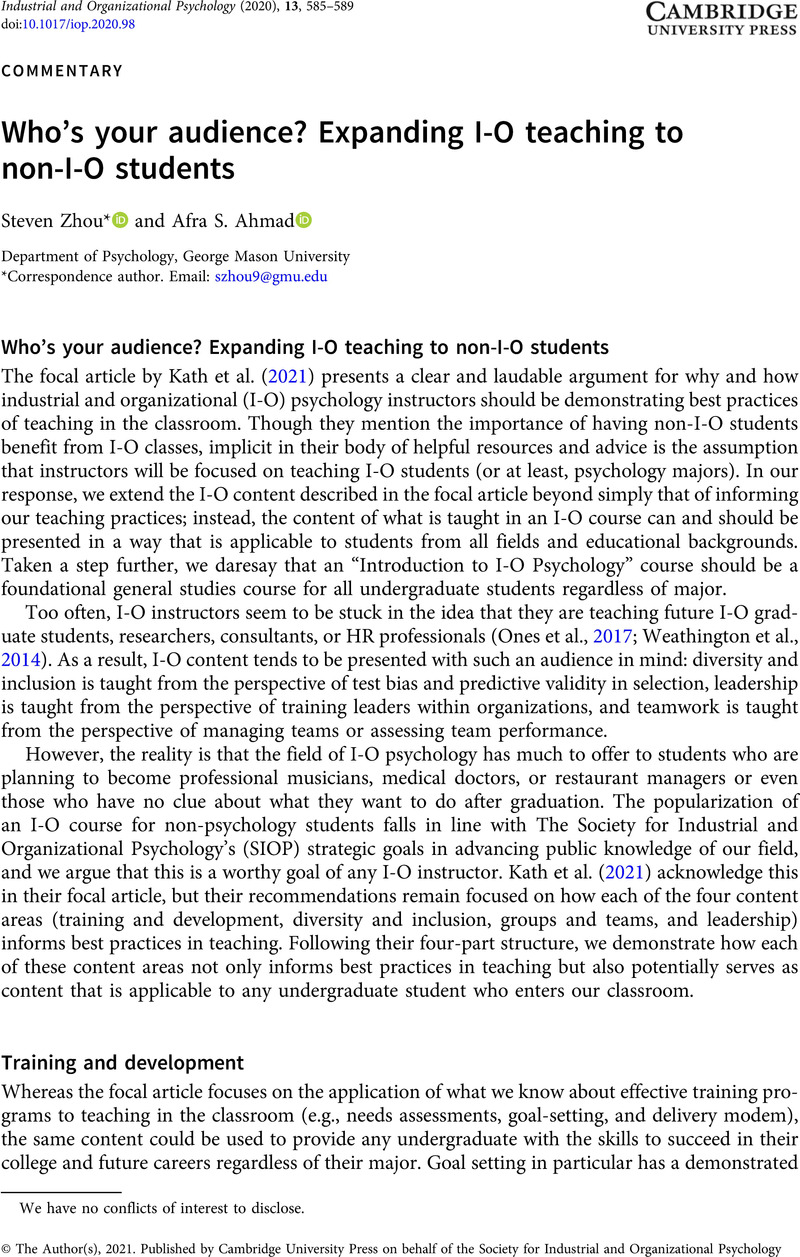Crossref Citations
This article has been cited by the following publications. This list is generated based on data provided by Crossref.
Ahmad, Afra S.
and
Zhou, Steven
2021.
Spreading the word: Equipping I-O students to use descriptive statistics for effective data visualization.
Industrial and Organizational Psychology,
Vol. 14,
Issue. 4,
p.
510.



